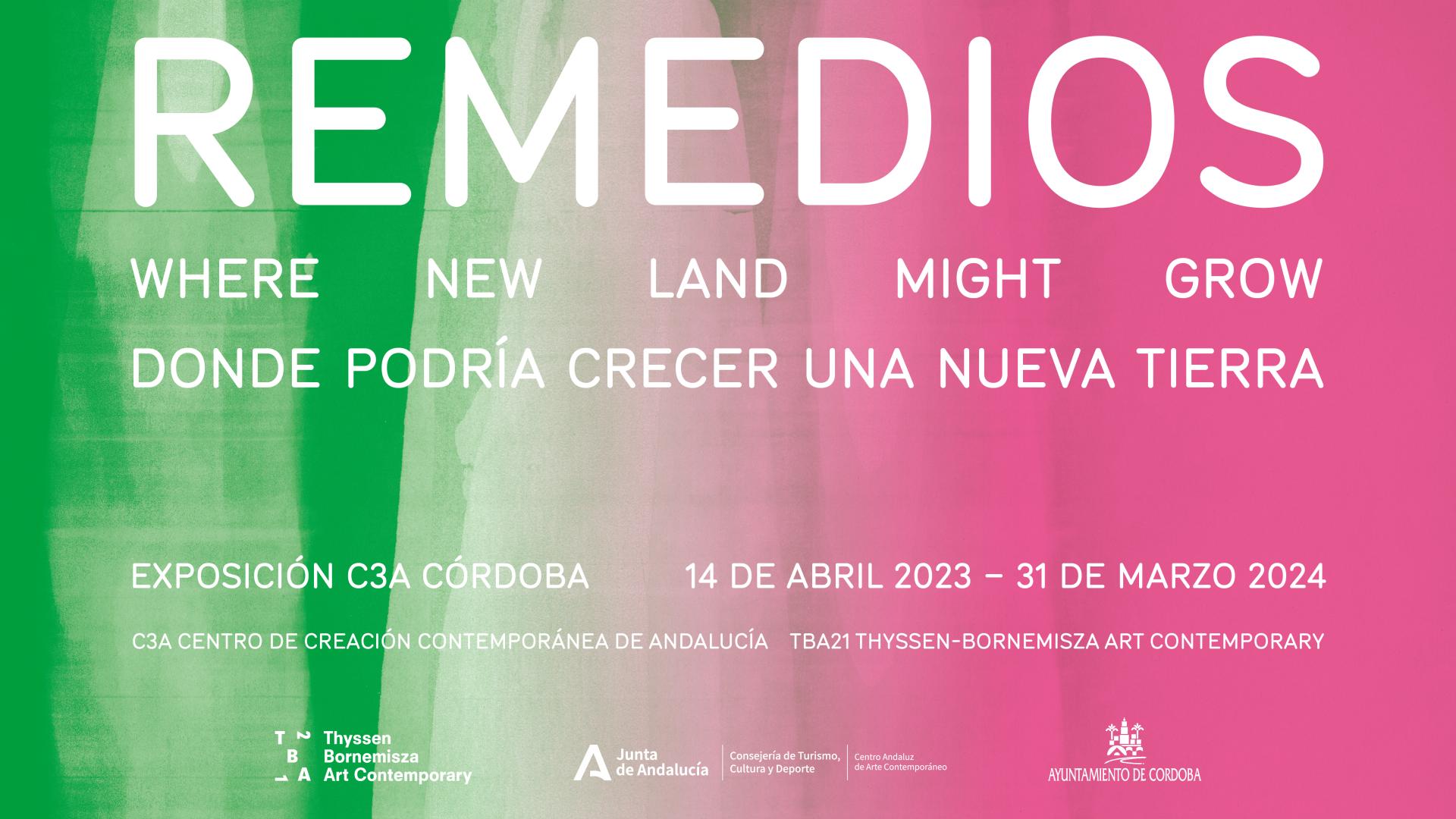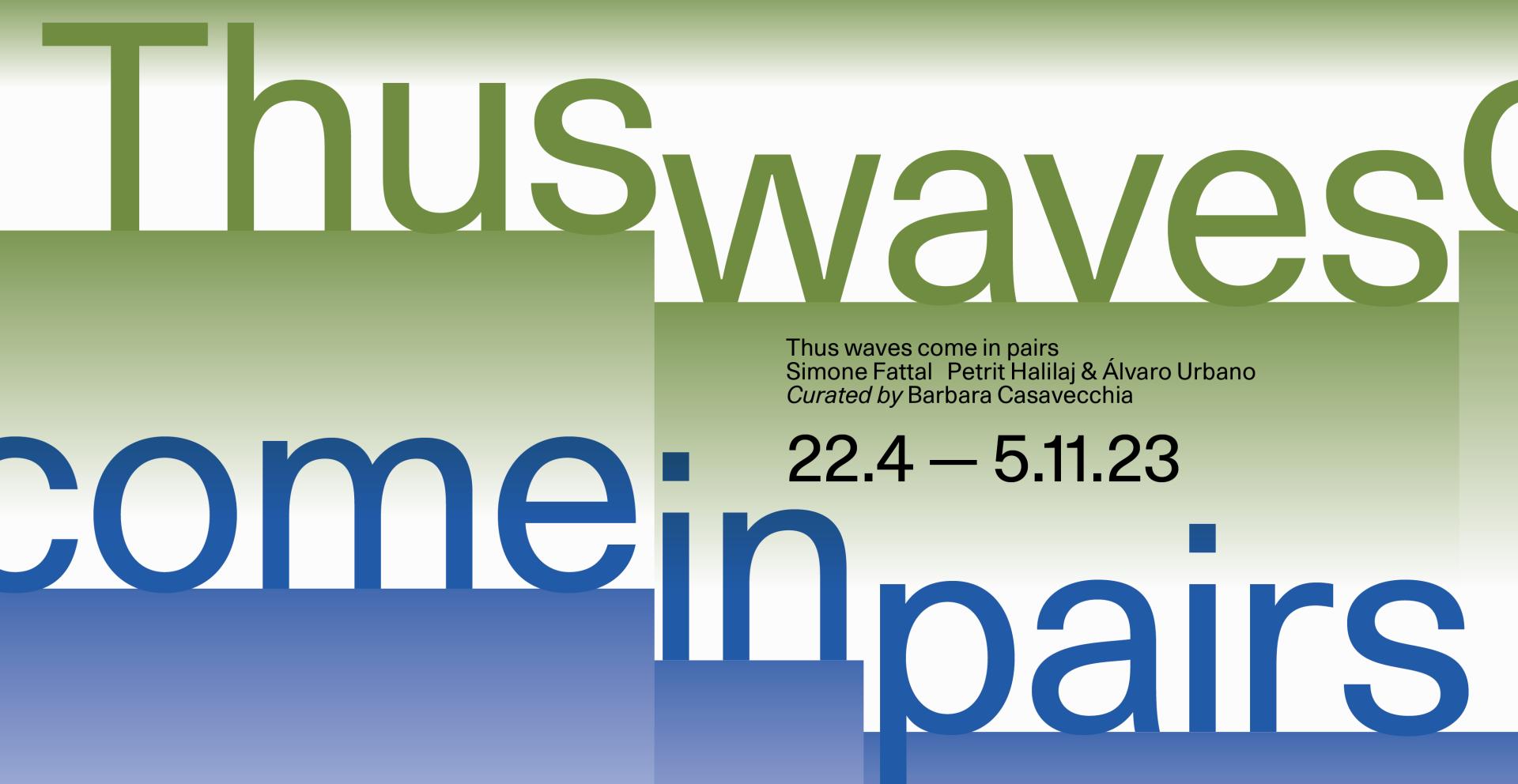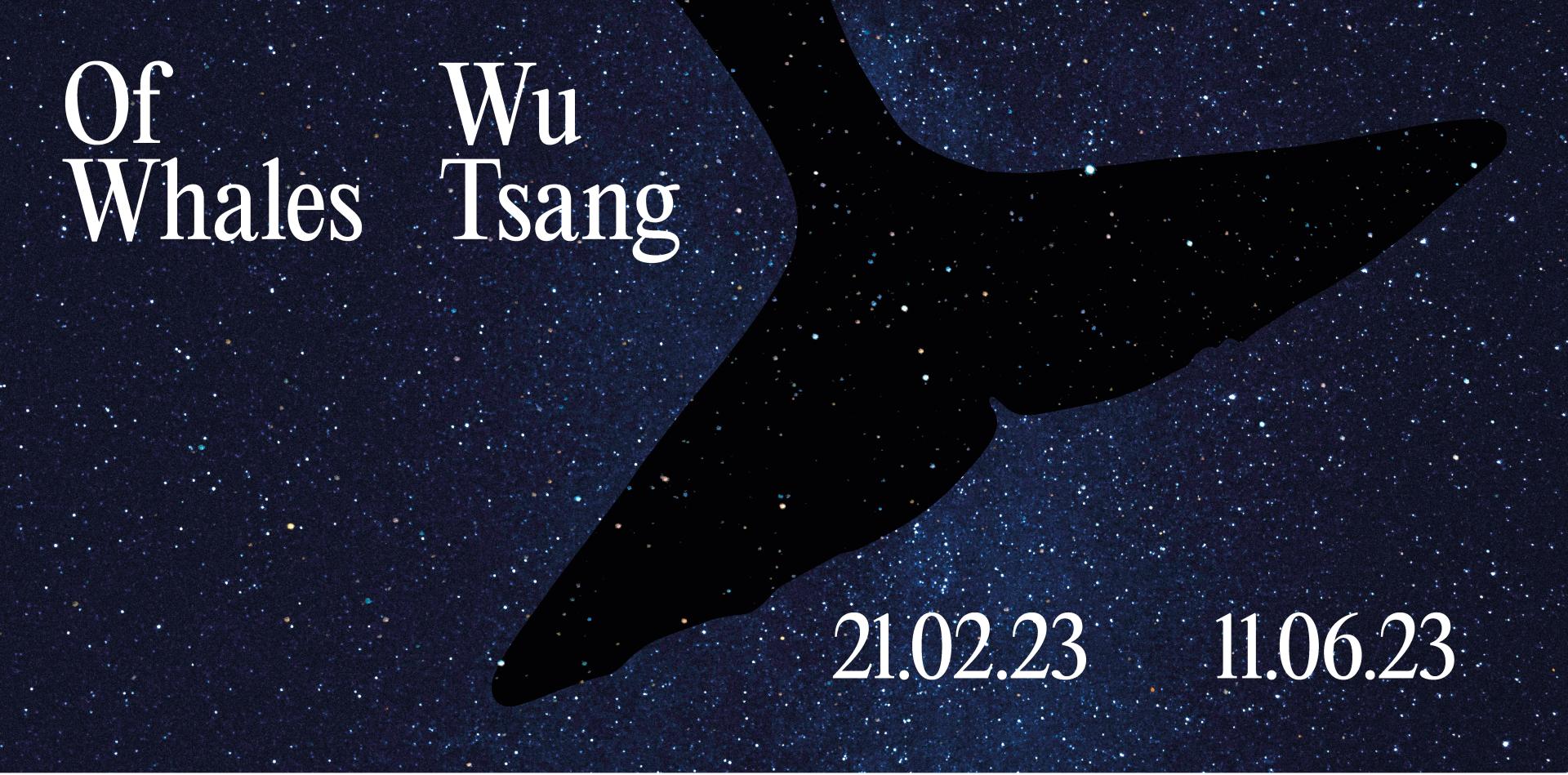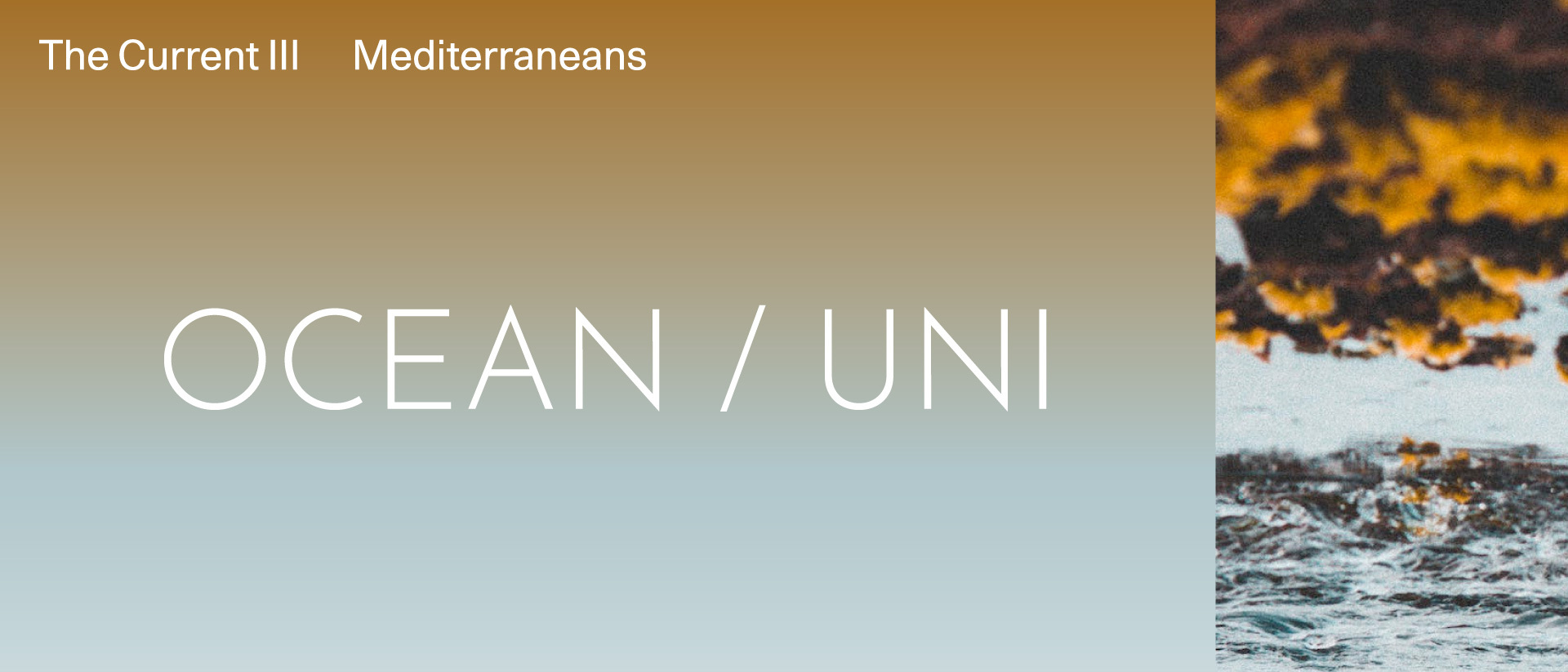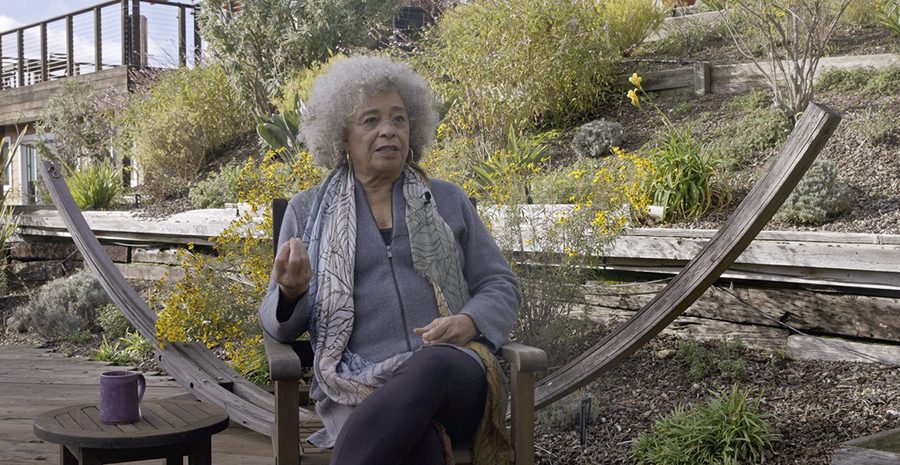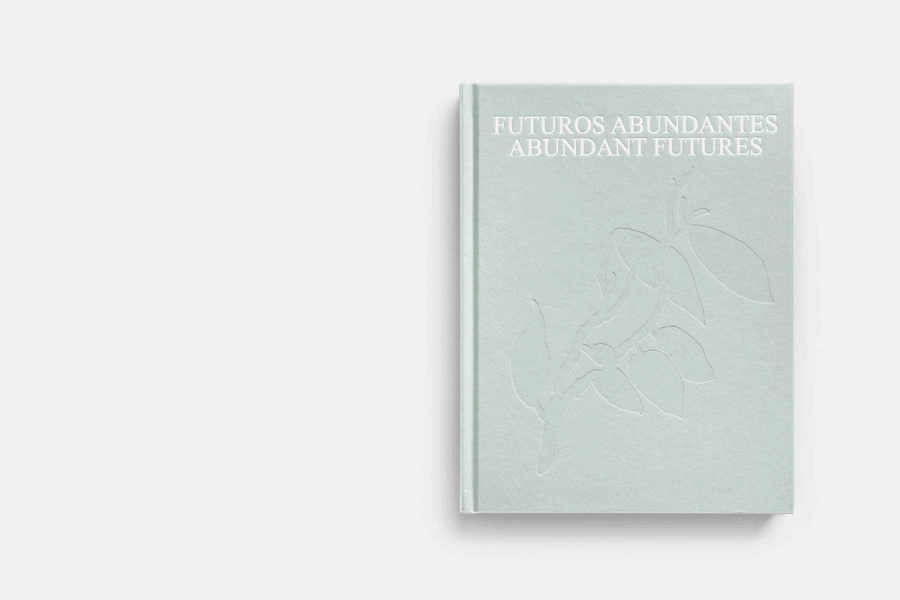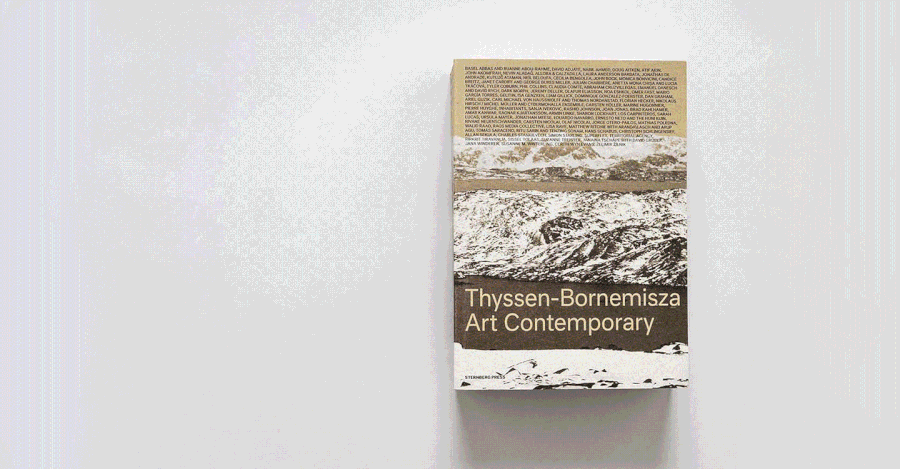Si no bailas conmigo, no bailas conmigo, 2021
Daniel Otero Torres

Si no bailas conmigo, no bailas conmigo (detail), Photo: Courtesy of the artist
Collection
Pencil on mirror polished stainless steel, textile, glass
336 x 111 x 85 cm
The work Si no bailas conmigo, no bailas conmigo was first exhibited on the occasion of the artists solos show, entitled "UBUNTU, UN RÊVE LUCIDE « Six continents ou plus » at the Palais de Tokyo, inspired by the now famous paraphrase of the words of the anarchist and feminist writer Emma Goldman (1869-1940): “If I can’t dance, I don’t want to be part of your revolution.” The totemic, “dancing” sculptures, proudly decked with accessories, bear witness to the forgotten and overshadowed women fighters in liberation struggles and movements from the 20th century to now. While these works may initially look like large hyperrealist photographs, when looked at more closely, there are meticulously hand-drawn pencil lines on the surfaces of cut-up aluminum. Via this original technique, Daniel Otero Torres succeeds in creating a disjunction of contexts: the images do not depict just one female character but instead associate several known or unknown combatants in a visual collage made up of archives linked to different historical periods and events. Stray dogs (a reality in towns and villages in many countries) produced in ceramic symbolize the figure of the pariah, excluded but free. The presence of grass, known for its great resistance, besides the sculptures, embodies the resurgence of “the fighting spirit.”
336 x 111 x 85 cm
The work Si no bailas conmigo, no bailas conmigo was first exhibited on the occasion of the artists solos show, entitled "UBUNTU, UN RÊVE LUCIDE « Six continents ou plus » at the Palais de Tokyo, inspired by the now famous paraphrase of the words of the anarchist and feminist writer Emma Goldman (1869-1940): “If I can’t dance, I don’t want to be part of your revolution.” The totemic, “dancing” sculptures, proudly decked with accessories, bear witness to the forgotten and overshadowed women fighters in liberation struggles and movements from the 20th century to now. While these works may initially look like large hyperrealist photographs, when looked at more closely, there are meticulously hand-drawn pencil lines on the surfaces of cut-up aluminum. Via this original technique, Daniel Otero Torres succeeds in creating a disjunction of contexts: the images do not depict just one female character but instead associate several known or unknown combatants in a visual collage made up of archives linked to different historical periods and events. Stray dogs (a reality in towns and villages in many countries) produced in ceramic symbolize the figure of the pariah, excluded but free. The presence of grass, known for its great resistance, besides the sculptures, embodies the resurgence of “the fighting spirit.”
The work of Daniel Otero Torres is grounded on the reconstruction of ideology through drawings done by hand over aluminum and steel. Moving in the frontier between drawing and sculpture, Otero Torres’ origami-like constructions appear as uncanny grand-format black-and-white photographs. Upon closer inspection, one realizes the images are handmade drawings, laboriously done with graphite pencils over a flat surface with the visual weightlessness of paper but the actual density of the metal.
The artist’s unusual technique succeeds in creating a dislocation of materials as well as of contexts: his images often represent not a single individual but a visual and historical collage created from many sources: from antique archives and books to found images in contemporary newspapers or online sources that reflect the artist’s process of understanding the role of marginalized or largely ignored populations that have, nonetheless, played essential roles in recent and past history around the world.
Daniel Otero Torres, born 1985 in Bogota, Colombia. He lives and works in Paris, France.
The artist’s unusual technique succeeds in creating a dislocation of materials as well as of contexts: his images often represent not a single individual but a visual and historical collage created from many sources: from antique archives and books to found images in contemporary newspapers or online sources that reflect the artist’s process of understanding the role of marginalized or largely ignored populations that have, nonetheless, played essential roles in recent and past history around the world.
Daniel Otero Torres, born 1985 in Bogota, Colombia. He lives and works in Paris, France.



